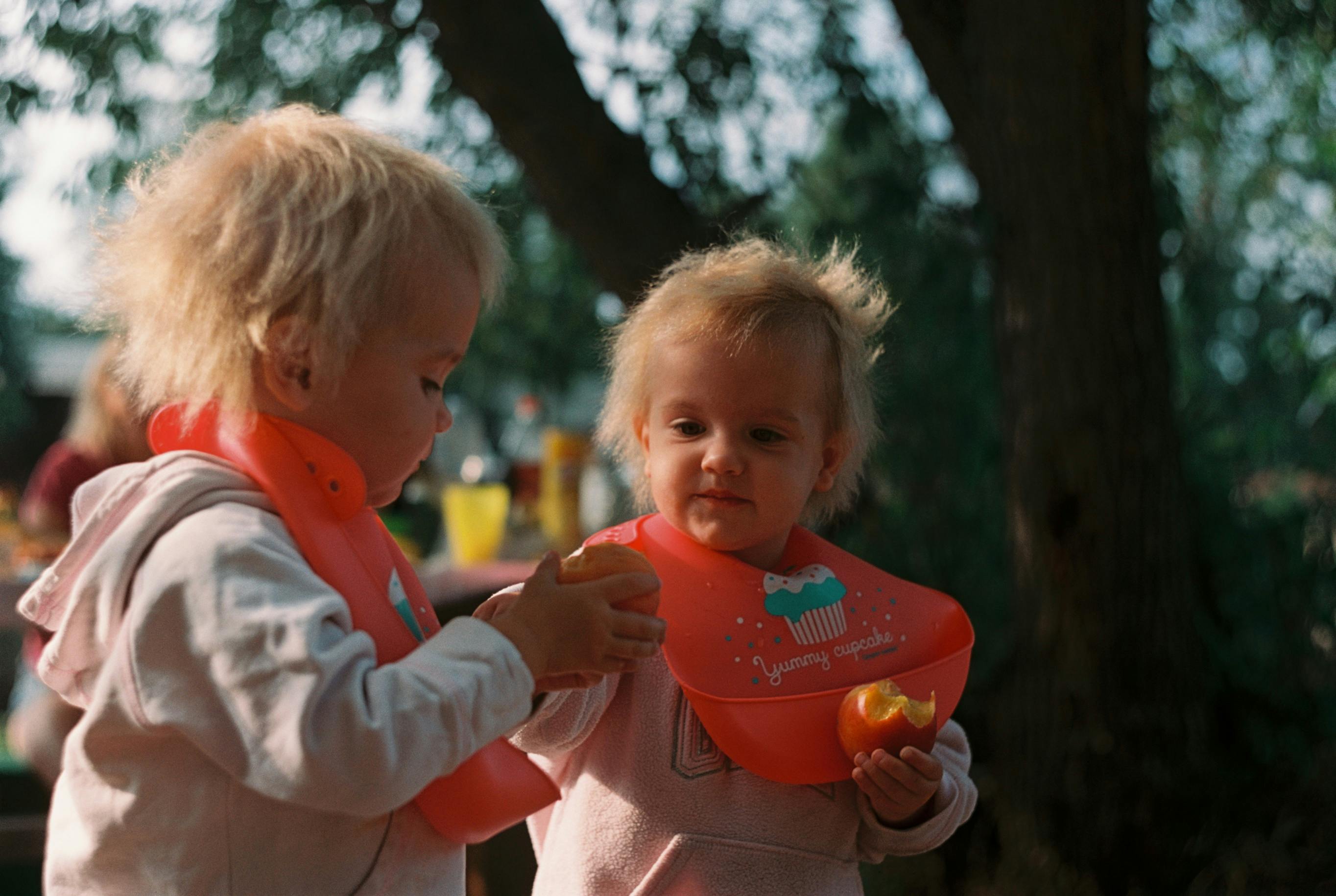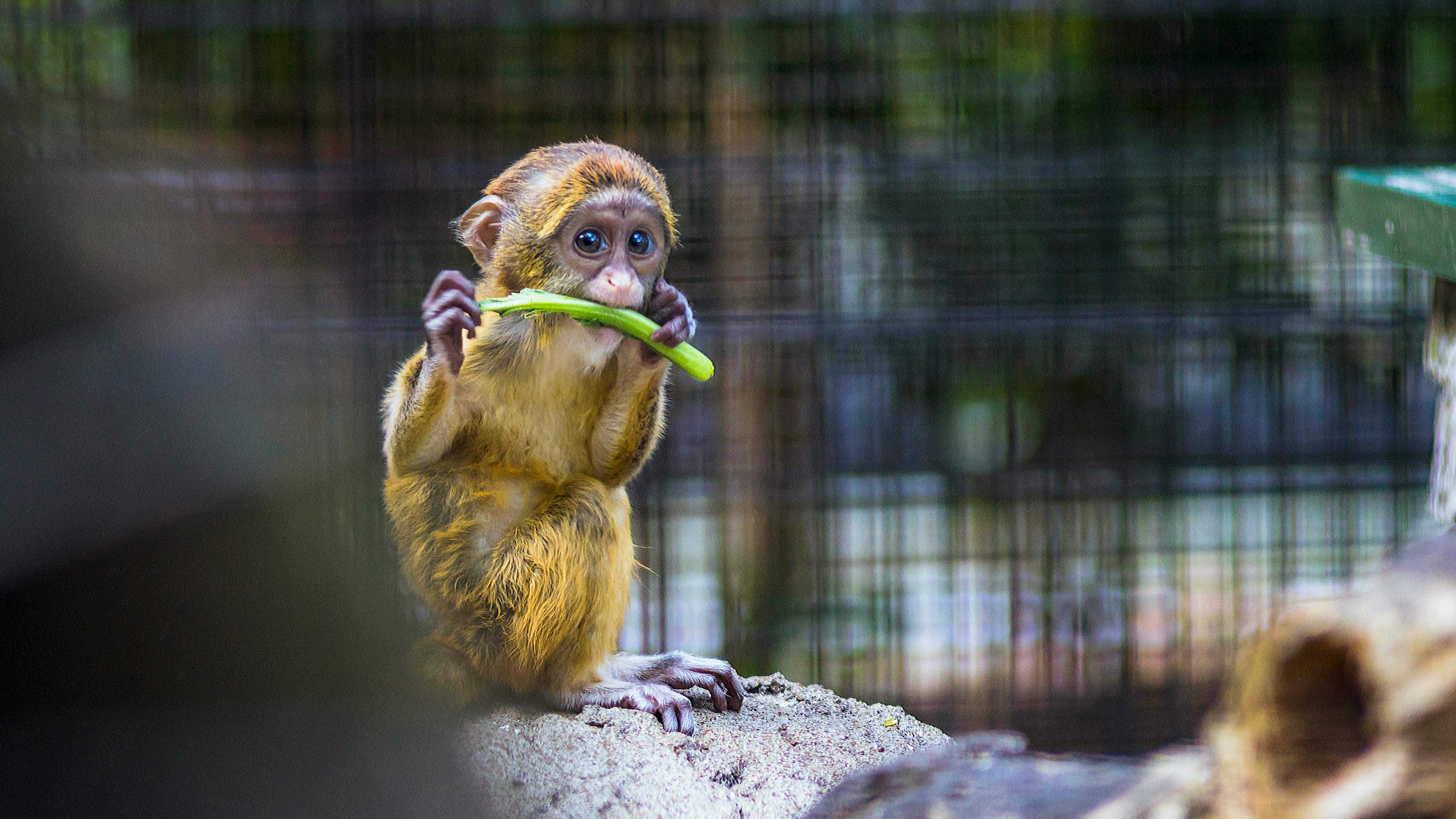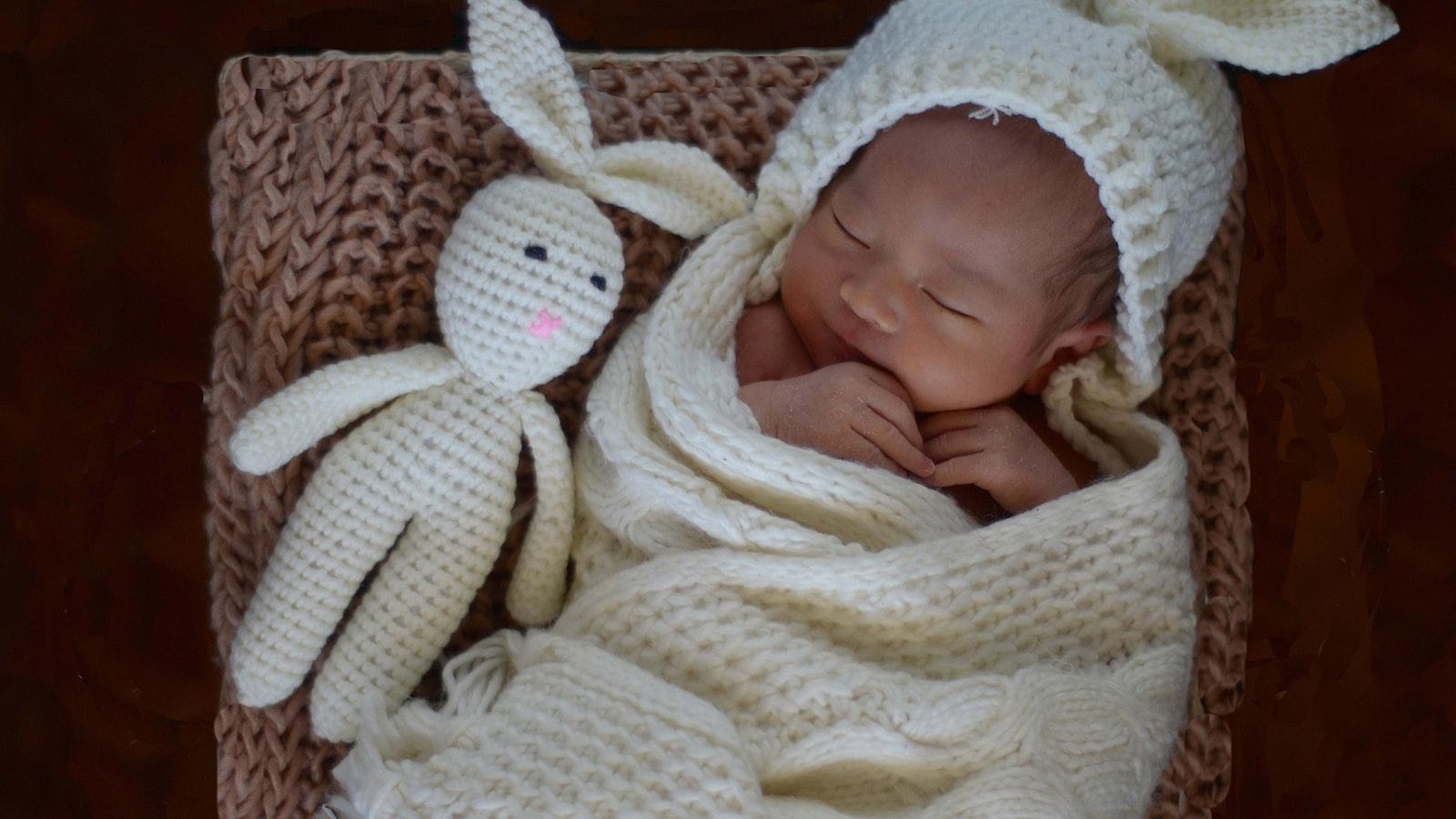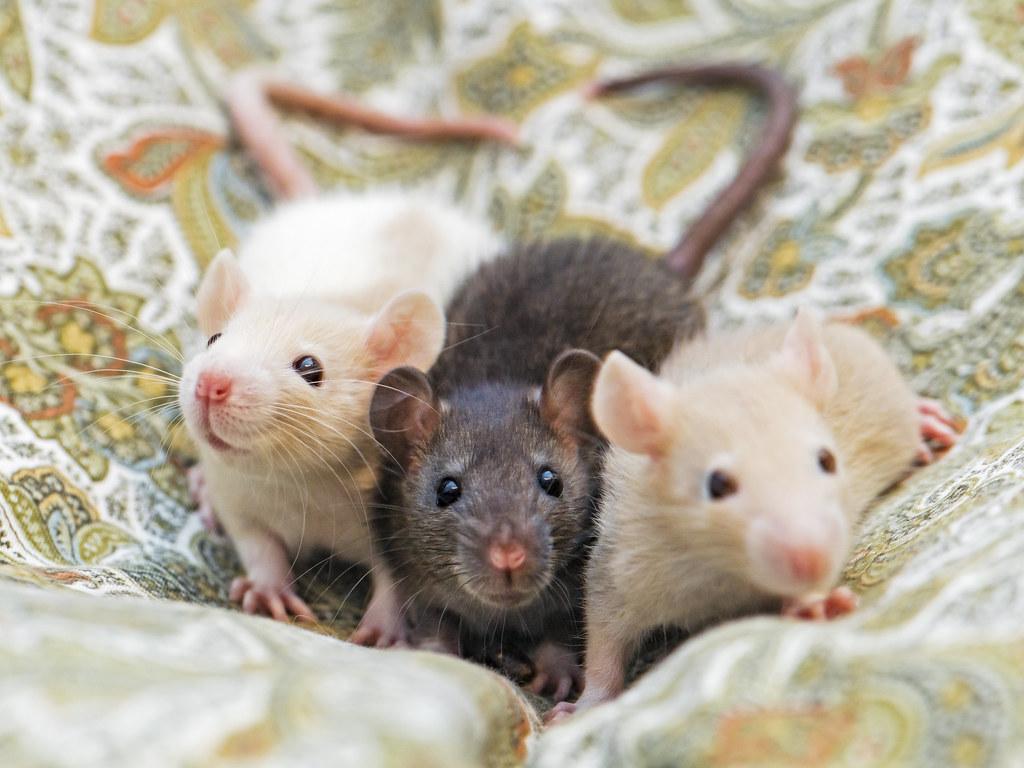Puffs are a great first snack for babies. Once your baby is ready to start eating solids, usually around 6 months of age, they can begin to try puffs. Puffs are a great way to introduce your baby to finger foods and help them develop their pincer grasp. They are light and easy for little hands to pick up and can help babies learn how to feed themselves.Puffs are a type of snack food, usually made from puffed grain. They are lightweight, crispy and crunchy, and come in a variety of flavors. Puffs are typically eaten as a snack or used as an ingredient in other foods such as cereals or baked goods.
Are Puffs Safe for Babies to Eat?
Puffs are a soft, melt-in-your-mouth snack made from puffed grains, such as rice, wheat, or corn. They are a popular snack for babies who are just beginning to eat solid foods. But are they safe to eat?
The answer is yes, puffs are generally considered safe for babies to eat. The puffed texture makes them easier for babies to chew and swallow. They also contain important vitamins and minerals that help support a baby’s growth and development. However, it’s important to keep in mind that not all puffs are created equal. Some brands may contain artificial ingredients and added sugars that could be unhealthy for your baby.
When choosing the right puffs for your baby, it’s best to look for products made with whole grains and natural ingredients. Also look out for products that have no added sugar or salt. If you’re unsure about any of the ingredients listed on the label, it’s best to consult with your pediatrician before giving them to your baby.
Overall, puffs can be a great snack option for babies who are just starting out on solids. Just make sure you’re selecting products made with natural ingredients and no added sugar or salt. This will ensure that your baby is getting all the nutrition they need while enjoying a tasty snack!
What Age Can Babies Start Eating Puffs?
Puffs are a baby snack made from cereal grains such as rice, wheat, and oats. They can be found in many shapes and sizes, such as stars, circles, and squares. Puffs are a great way to introduce babies to solid foods. Many parents wonder when is the best time to offer puffs to their baby.
Generally speaking, it is recommended that babies start eating puffs once they reach 6 months of age. At this age, babies have developed enough motor skills to be able to pick up the snack with their hands and place it in their mouths. Additionally, at 6 months old most babies have doubled their birth weight and have begun drinking less breastmilk or formula than before.
When introducing puffs for the first time, start with one puff at a time. Place the puff on your baby’s high chair tray or on a plate and let them explore it with their hands first before offering it to them. Keeping the pieces small will help prevent choking hazards and make it easier for your baby to eat since they don’t yet have teeth. As your baby gets better at eating puffs you can gradually increase the number of pieces given at each mealtime.
Overall, introducing puffs at 6 months old is usually a safe option for most babies. However, every child is different so always consult with your pediatrician before offering new foods to your child. With patience and practice you will soon see your little one enjoying these tasty snacks!
Is It Necessary to Introduce Puffs to Babies?
Introducing puffs to babies is a common practice among parents, but it is not always necessary. While puffs can be a great way to introduce solids to babies, there are also other healthy and safe alternatives.
Puffs are a type of finger food that is made from cereal and other ingredients, such as rice or wheat. They can be easily dissolved in a baby’s mouth and are often flavored with sweeteners like sugar or honey. Babies typically enjoy the taste of puffs, and they provide an easy way for parents to introduce solids into their diets.
However, introducing puffs is not always necessary. There are many other options for introducing solids that are just as nutritious as puffs. Some examples include mashed fruits and vegetables, pureed meats, yogurt, oatmeal, and soft-boiled eggs. All of these foods are healthy and safe for babies to consume.
In addition, some babies may have allergies or sensitivities to certain ingredients in puffs. Therefore, it’s important for parents to check the ingredient list before giving their baby puffs or any other new food. If there is any concern about allergies or sensitivities, then it’s best to try another type of food instead.
All in all, while introducing puffs can be a great way to introduce solids into a baby’s diet, there are also many other healthy options available that may be better suited for certain babies with allergies or sensitivities. Parents should consult their pediatrician if they have any questions about what types of foods are appropriate for their baby’s diet.
Introducing Puffs to Babies
When it comes to introducing solid foods to babies, puffed snacks are a popular choice. Puffs are small, light and easy for babies to grab and eat. They also dissolve easily in the mouth, making them a safe option for babies who are just starting out with solids. But while puffs may be convenient, there are both pros and cons to consider when deciding whether or not to introduce them to your baby.
Pros:
One of the main advantages of puffs is that they are soft and easy for babies to chew and swallow. This makes them a great option for babies who haven’t yet developed the necessary skills for chewing solid foods. Puffs also come in a variety of flavors, which can help introduce babies to new tastes and textures. Lastly, puffs can be an excellent source of vitamins and minerals because they are made from whole-grain cereals and fortified with essential nutrients such as iron, zinc, vitamin A, vitamin B6 and folate.
Cons:
On the downside, puffs can be high in added sugar and sodium which could lead to dental cavities or other health concerns if consumed in excess. Additionally, because they dissolve quickly in the mouth, they don’t require much effort from the baby’s jaws and tongue which could limit their development of important oral motor skills needed for eating solid foods. Lastly, some parents find that puffs can be messy because they tend to get stuck in crevices around the baby’s mouth or on their clothes.
In conclusion, while puffs may be convenient when introducing solids to your baby, there are both pros and cons that should be considered before deciding whether or not they are right for your little one.

How Much of Puffs Should Babies Eat?
It is important to know how much of puffs should babies eat. Puffs are a type of cereal snack that are light, airy and easy to chew. They come in a variety of flavors, including fruits and vegetables. Puffs can be a great way for babies to explore new tastes and textures, but it is important to know how much to feed your baby.
When introducing puffs to your baby, start with just a few at first and then gradually increase the amount as they get used to them. Start by giving the baby 2-3 pieces at one time and then slowly increase the amount as they become more comfortable with them. It is important to keep an eye on how much your baby is eating so that you can adjust the amount accordingly.
When feeding your baby puffs, give them one piece at a time and let them explore each piece before giving them the next one. This will help ensure that they are tasting and exploring different flavors and textures without overloading their stomachs. It is also important to monitor the frequency with which you feed your baby puffs. Generally, it is best not to offer more than two servings of puffs per day since too many can make it difficult for babies to digest other foods later on in their diets.
Most importantly, listen to your baby’s signals when it comes to feeding puffs or any other snack or meal. If they seem full or stop eating after just a few pieces, then there is no need for you to push them any further. Remember that all babies have different appetites so you should adjust accordingly depending on their needs.
Overall, puffs can be a great way for babies to explore new tastes and textures if given in moderation and taken with caution. Make sure you are monitoring closely how much of puffs they eat so that you can adjust accordingly based on their needs and preferences.
Introducing Puffs to Babies
Puffs are a great way to introduce solids to babies. They are soft, easy to grasp, and dissolve quickly in the mouth, making them the perfect first finger food. Puffs can be made from a variety of healthy grains such as oats, quinoa, and barley. They come in a variety of shapes and sizes that can easily fit into baby’s tiny hands. Puffs are also a great way to introduce different flavors and textures as they come in an array of colors and flavors such as blueberry, strawberry, and banana.
Safety Tips for Feeding Puffs to Babies
When introducing puffs to babies it is important to keep safety in mind. Always supervise your baby when eating puffs and avoid giving them too many at once. Make sure your baby is sitting upright when eating puffs so that they can swallow the food properly without choking hazards. Also be sure to give your baby only one puff at a time so that they don’t choke on the food or get overwhelmed by too much food in their mouth. Additionally, always make sure your baby is ready for solids by watching for signs such as being able to sit up unsupported, showing interest in food, or being able to move food from the front of their mouth to the back with their tongue.
Finally, be sure not to give your baby puffs that have been on the ground or have been handled by other people as this could make them sick or cause choking hazards. Always keep an eye on your baby while they are eating puffs and make sure they swallow each puff before offering more. With these safety tips in mind you can ensure that feeding puffs is safe and enjoyable for both you and your little one!
Foods to Avoid When Introducing Puffs
Introducing puffs to your baby can be a great way to introduce them to self-feeding and different textures. While these tiny, crunchy snacks are perfect for helping babies learn to pick up food, they can also be a choking hazard if not used with caution. Therefore, it is important to be aware of which foods should be avoided when introducing puffs.
First, it is important to avoid giving puffs to infants under the age of one. Puffs are often too small and can easily become lodged in a baby’s throat. Additionally, babies under the age of one may not have the coordination or dexterity necessary to maneuver the snacks into their mouths correctly.
Second, it is important to avoid giving babies large pieces of puff snacks that could easily get stuck in their throats. While some brands make larger puffs that are safe for infants over six months old, they should still be cut into smaller pieces before being given as a snack. Additionally, any pieces that do not dissolve in saliva quickly should also be avoided.
Finally, parents should also avoid giving their babies any type of allergenic foods as puff snacks. Common allergens such as dairy, wheat, soy and peanuts can cause severe reactions if ingested by a baby who is sensitive or allergic to them. Therefore, parents should always read labels carefully before giving their babies any type of food product.
By avoiding these potential hazards when introducing puff snacks, parents can ensure their babies stay safe while learning how to feed themselves independently.

Conclusion
Puffs are a great snack for babies as they are easy to chew and swallow. They are also fortified with essential vitamins and minerals that help support the development of healthy bones and teeth. It is important to introduce puffs at the right age, however, as feeding them too early can result in choking or gagging. Generally, babies can start eating puffs when they reach the age of 8 months, or when they can sit up unassisted and have doubled their birth weight. Puffs should be taken slowly at first and always under adult supervision to ensure safety. With the right timing, preparation, and supervision, puffs can be a fun and nutritious snack for your little one!




